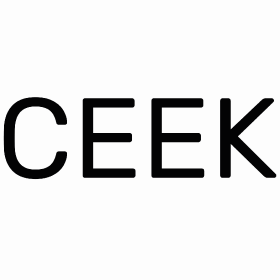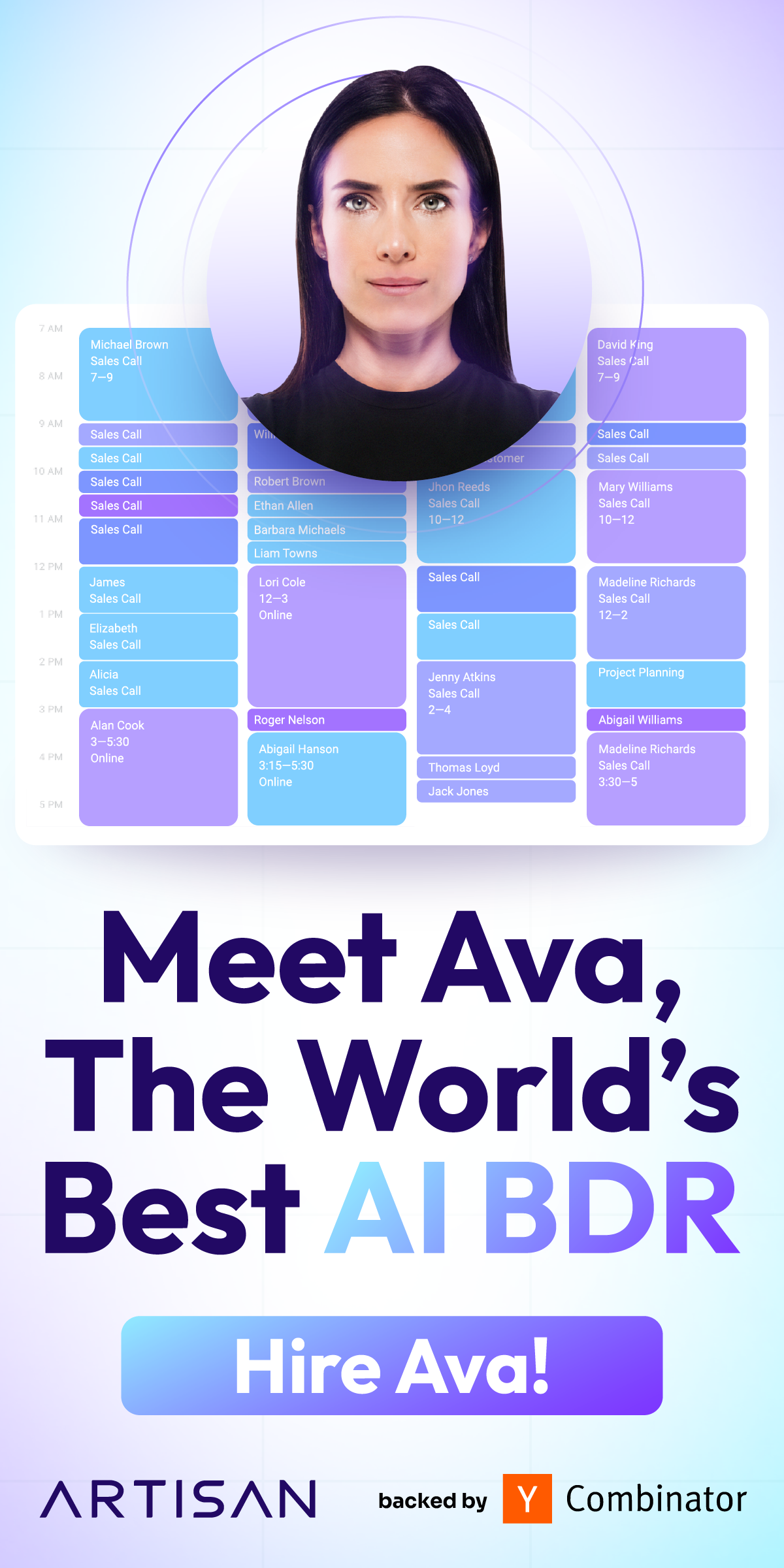How to Build a Target Audience On Instagram
Will advertising for legal services be successful in a community with members aged 18 to 25? Is it worth advertising a blog for permanent makeup artists in an account that posts content about fishing and car repair? The examples are pretty trivial. But it is they who clearly demonstrate that it is necessary to promote the product “to their own people.”
Those potential buyers, readers, or customers who are more likely to be interested in your offer. This category of users entered the dictionary of marketers as a “target audience.”
Concept and Definition
A target audience is a group of users to which your advertising messages are directed. In simple terms, potential consumers who may be interested (or are already interested) in your offer. Why did this happen? It’s simple: your product or service solves the problem of a particular consumer, responds to his “pain,” and satisfies his needs.
In modern marketing, it is customary to distinguish several types of target audiences:
- Main and indirect. The first one initiates a purchase, influences the final decision of the consumer, and, hence, the sales volume. The second one turns the decision into action. So, when promoting a brand of soft toys, the main target audience will be children who are eager to get these toys. The indirect target audience, in this case, is their parents who pay for the purchase.
- Wide and narrow. In other words, general and narrowly focused. It’s even easier here. A wide target audience is tea lovers. Narrow—fans of mate with lychee berries.
- For the purpose of visiting the site. Users visit the site pursuing one of two goals: buying or searching for information. Two completely different actions define two different types of target audiences. Some are interested exclusively in the content, while others are interested in the proposed product.
It’s completely pointless to promote your Instagram account or brand without knowing your target audience. If you have a staff of professional marketers at your disposal, the problem disappears. If you are promoting a brand on your own, then the search for a target audience falls entirely on your shoulders. But one should not think that there is nowhere to wait for help. There are tons of specialized services at your disposal. Among them is POSTOPLAN. This is a smart, automated platform that puts the search and audience increase on autopilot.
How to define “ours”
To gather the target audience, you need to envision who, in fact, belongs to it. Therefore, the first thing to do is to sketch out a rough portrait. Answer the question: who are the people who will buy my product?
When creating a portrait of Central Asia, you need to rely on the following parameters:
- Geographical – what is the point of selling down jackets to residents of sunny Antalya?
- Demographic – gender, age, marital status, education, occupation
- Psychological – what is important for this person, what are his needs, hobbies, dreams, fears
- Socio-economic – does the client have the opportunity to make a purchase, what is his income level, material conditions
- Behavioral – what is the driving force for making a purchase by a specific person, what is his attitude to the brand, whether he is ready to make a purchase right now or is not yet aware of the need for your product/service.
Another way to segment your target audience is to use Mark Sherrington’s 5W methodology. It includes the answer to five questions:
- What – what are you selling?
- Who – who is the person who might need your product?
- Why – why does he buy, what attracted him?
- When – when does he buy (during the period of discounts and promotions, on the eve of some significant event)?
- Where – where is the purchase made (on the store’s website, on the Instagram page)?
Do not neglect the answers to these questions. Target audience segmentation will allow you to use the working promotion tools as efficiently as possible and not waste your advertising budget.
We Are Looking For The Target Audience
There are quite a few ways to find “our” clients. We will list the most popular and effective ones.
Competitor Analysis A
There’s an eager and happy shopping audience with your direct competitors. Find several profiles with a large audience offering a similar product. Examine the comments; this is where the most active users gather. Study the accounts of these people to get an idea of their age, profession, financial situation, and preferences. It will not be possible to reach the entire audience of competitors in this way, and it is not necessary. A rough portrait of your target audience will already be ready.
Geolocation
This search method is ideal for businesses focused on a specific region. Let’s say you have a nail salon in New York. It’s pointless trying to advertise it to clients in Los Angeles. Even if they are very interested in a beautiful manicure, they are unlikely to need your services. In this case, you need to target specific users using geotags.
Hashtags
Topic hashtags are another powerful way to segment your audience. Find 10–15 key phrases that reflect the topic of your product. If you are selling women’s clothing, the tags are “clothes,” “dresses,” “skirts,” “women’s jacket,” and so on. People in whose publications such words appear may well become your potential customers.
Polls
An excellent way to gather information and create a portrait of the target audience. Conduct user polls. Take an interest in their age, occupation, preferences, tastes. For example, you are selling swimwear. Display a post with several photos of different models and invite users to choose a favorite.
Retaining subscribers quickly and for free is not that hard. Here are some recommendations:
- Create a clear promotion strategy. Ideally, a content plan for the next month with an indication of what will be in the posts and what will be the topic of the profile.
- Think over the design of the page. Avatar without small signatures, keywords in the login, the main competitive advantages in the profile description.
- Post content regularly. One post a month is unlikely to draw attention to the page. The optimal frequency of publications is 1–2 per day. Moreover, here it is important to take into account the time of day. It makes no sense to count on tons of responses if your potential clients are immersed in their work. Or wait for an American citizen to respond to a publication made in accordance with the time of Central Europe.
- The service will help you publish content on a clearly established schedule POSTOPLAN. It is enough to set the time of publications, and they will appear on the page without your participation.
- Don’t forget about the text. Beautiful pictures, not supported by a high-quality description, have long been of no interest to anyone. People like to read, think, analyze, and express their opinions. Give them this opportunity.
- Combine different types of content. The same old thing quickly gets monotonous. In order to not only attract but also retain subscribers, the content must be diverse. Alternate between photos and videos, posts with long text, and a short description. Use personal experiences and life stories. Don’t forget about surveys and contests.
Analysis and collection of the target audience is an integral part of promotion. This issue is of particular relevance for self-employed microbusiness owners. They simply cannot afford unnecessary spending and careless actions. You don’t have to be a professional marketer to find and attract followers to your page. It is enough to set the correct search criteria. And POSTOPLAN will help to retain potential customers. With it, the creation of interesting, unique and high-quality content will be as simple as possible and will not take much time.


























